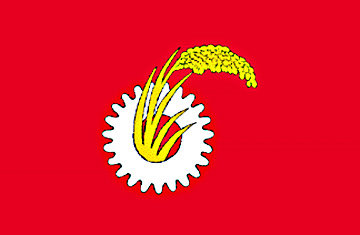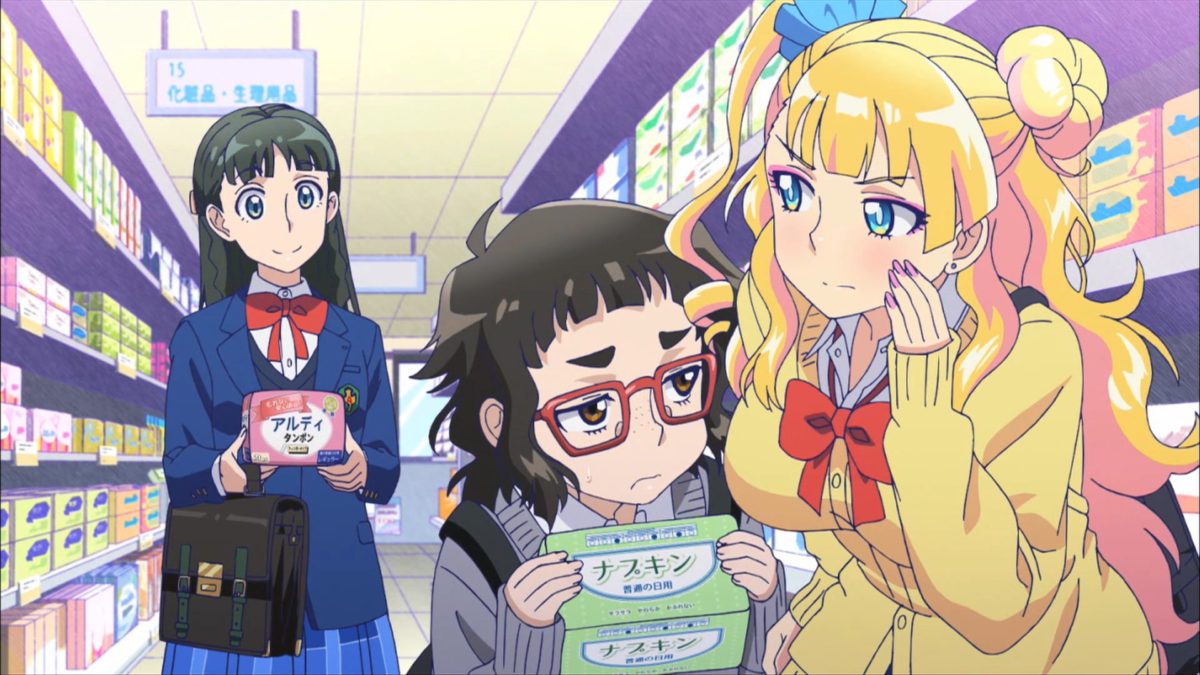I’ve often wondered at how Japan was able to become such a successful Communist country despite being free-market at the same time. Although it’s a surprising statement, there are quite a few areas in which Japan seems to have the trappings of a Soviet-style state, right down to those drab public university buildings which always seem to make me think of Chernobyl. Japan’s economy has always been famous for government intervention, such as the old MITI, a government ministry that set industrial policy for the nation during the postwar decades and guided the decisions of Japan’s corporations. Many markets still seem to operate in this “command economy” model, for example all rice and wheat is bought and sold exclusively by the government to keep prices stable. Japan has a health care system that’s pretty good, covering 70% of health costs to everyone who doesn’t have existing insurance and forcing health care costs to grow slowly by nature of the caps its puts on various services. Yet despite this, taxes here are generally in line with the U.S. rather than the higher rates paid in Europe. Instead of the Soviet Union or China, it’s Japan that ended up with the “classless” society, at least judging from the 80+% of people who consider themselves to be “middle class” (despite the BMW 5-series sedan sitting in the driveway). It’s as if Japan was somehow able to take the best parts from both Capitalism and Communism for itself.














